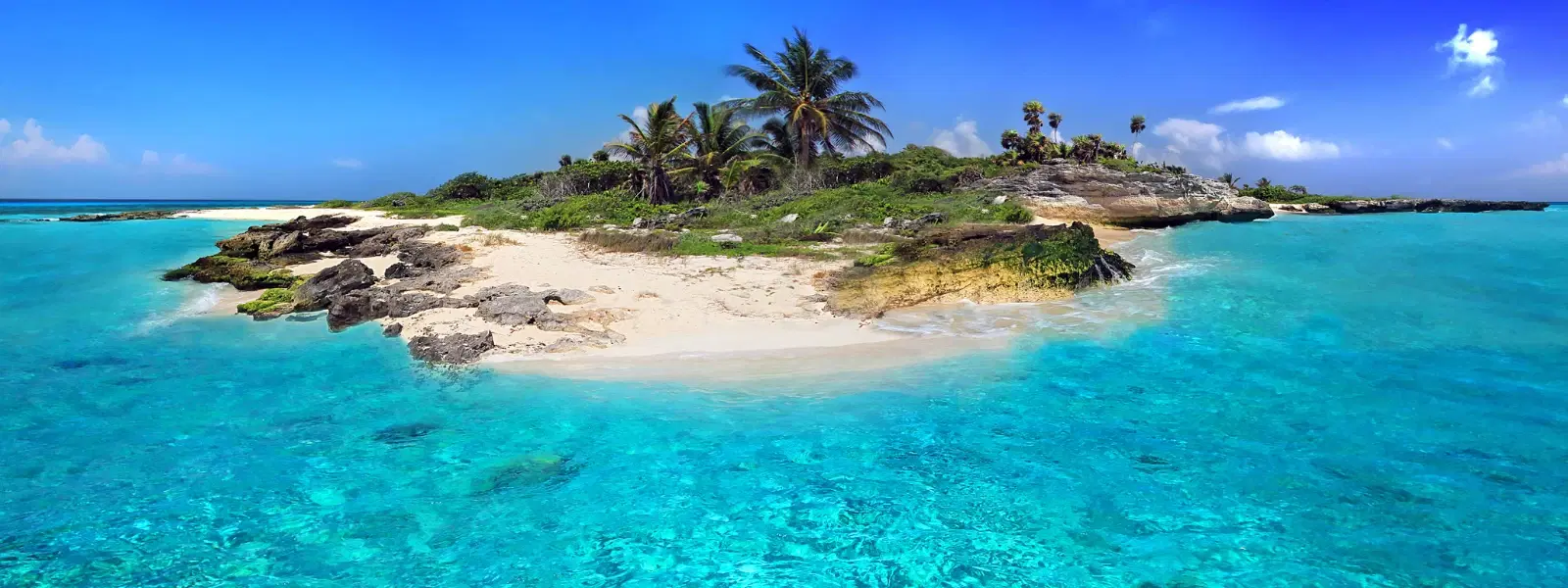
Hotels
•03 min read

India is a land of diverse landscapes, and nothing encapsulates this diversity quite like its island groups. The island group of India that lies to its southeast, particularly the Andaman and Nicobar Islands, offers a mesmerizing blend of tropical beauty, deep-rooted history, and vibrant ecology. In this guide, you'll uncover essential insights on the geography, travel logistics, and unforgettable experiences awaiting you on these enchanting islands. Prepare to immerse yourself in clear blue waters, rich cultural legacies, and untamed natural beauty.
The island groups in southeast India are primarily located in the Bay of Bengal. The Andaman and Nicobar Islands are India's southeast archipelago and lie along the eastern edge of the country. These islands boast unique geographical features—lush green forests, coral reefs, and pristine beaches. The southern islands of India display an intriguing mix of rugged terrain and gentle coastal plains, making them a treasure trove for nature lovers and adventurers alike.
The Bay of Bengal plays a pivotal role in shaping the geography of Indian islands. This vast water body not only influences the weather patterns and marine biodiversity but also has a profound cultural and ecological significance. The islands in southeast India are home to a variety of species and have ancient cultural roots that weave through traditions and historic trade routes. Their isolation has helped preserve indigenous flora and fauna, making them a must-visit for eco-tourists and history enthusiasts.
Traveling to the Andaman and Nicobar Islands is an adventure in itself. Visitors can reach these tropical islands via flights from major Indian cities or opt for a scenic ferry ride. It is essential to plan for travel logistics in advance. Some parts of the islands require special permits, especially if you plan to venture into restricted areas that safeguard indigenous communities and delicate ecosystems. Understanding these entry requirements will ensure you have a seamless travel experience.
The tropical islands of India experience a warm and inviting climate year-round, but there are distinct seasonal variations to consider. The best time to explore the Indian Ocean islands of India is during the cooler months when the weather is ideal for beach activities, water sports, and tourism. Usually, the months from October to May offer comfortable weather and minimal rainfall, making them perfect for outdoor adventures and relaxed exploration.

No visit to this island group is complete without experiencing Radhanagar Beach—a tropical paradise with its powdery white sands and turquoise waters. It stands as a symbol of natural splendor and is perfect for leisurely walks and sunset photography. Another iconic landmark is Cellular Jail, a historical monument that tells the story of India’s struggle for freedom through its haunting corridors and preserved artifacts.
The Nicobar Islands deserve special mention for their untouched beauty and rich biodiversity. A visit to the Great Nicobar Biosphere Reserve reveals an area teeming with diverse species of flora and fauna. For those in search of tranquility, Campbell Bay offers a serene getaway where the gentle sound of waves complements the peaceful surroundings.
Did You Know? The Andaman and Nicobar Islands are home to some of the last remaining indigenous tribes in the world, such as the Sentinelese, who live in complete isolation.
Scuba diving and snorkeling to explore vibrant coral reefs.
Kayaking through mangroves to uncover hidden coves and beaches.
Engage with local communities to understand their traditional way of life.
Visit museums that highlight the region's storied past.
Participate in eco-tours to explore the link between heritage and nature.
Light clothing and sturdy footwear for rocky trails.
Swimwear and sun protection (hat, sunglasses, sunscreen).
Insect repellent for evening outings.

Use reusable water bottles to reduce plastic waste.
Support local artisans and sustainable practices.
Respect the environment and local communities.
The Andaman and Nicobar Islands lie southeast of India in the Bay of Bengal.
The Lakshadweep Islands are located southwest of India in the Arabian Sea.
India's island groups are situated in the Arabian Sea (Lakshadweep Islands) and the Bay of Bengal (Andaman and Nicobar Islands).
The Andaman and Nicobar Islands are located in the Bay of Bengal, southeast of mainland India.
India's southeast island groups, with the Andaman and Nicobar Islands at the forefront, offer a rich tapestry of nature, history, and adventure. From pristine beaches and iconic landmarks to immersive cultural experiences and sustainable travel practices, this guide provides all the essential insights to plan a memorable journey. Whether you are a wanderer craving spontaneity, a planner requiring detailed itineraries, a professional balancing travel with work, or a luxury seeker looking for refined experiences, these tropical islands have something unique in store. Embrace the wonder of India's diverse geography of islands, and prepare for an unforgettable escape into nature's embrace.